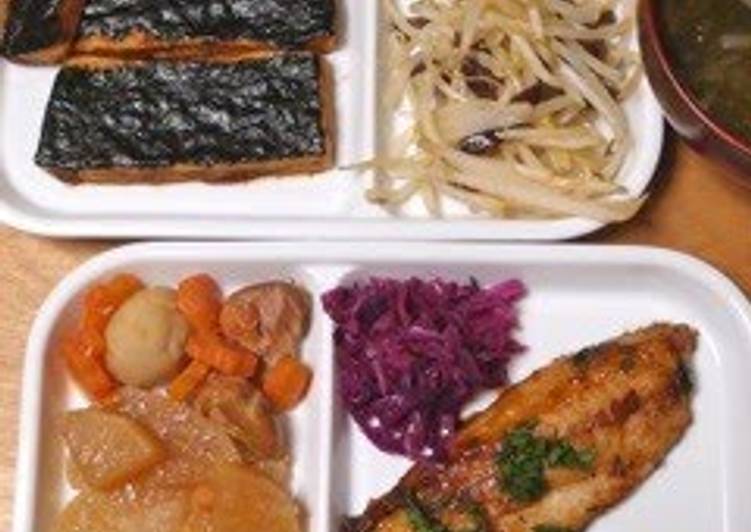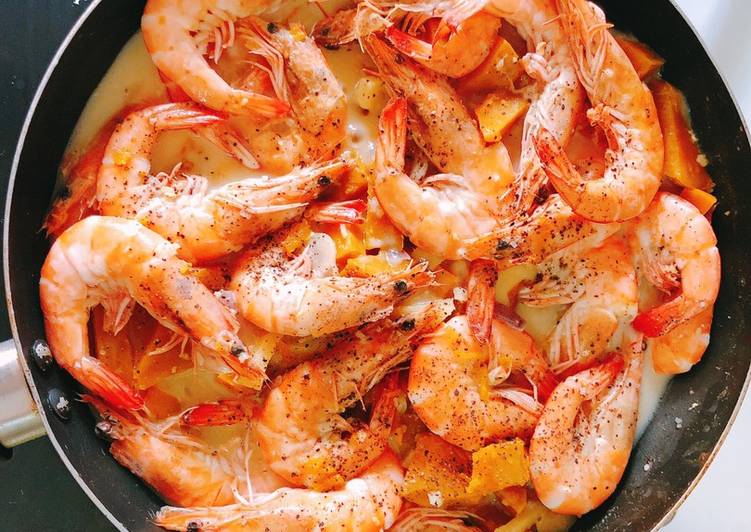
Hey everyone, hope you’re having an incredible day today. Today, we’re going to make a special dish, macrobiotic tofu, kabayaki eel-style. It is one of my favorites. For mine, I am going to make it a bit tasty. This is gonna smell and look delicious.
Kabayaki is a popular way to season and cook eel. The real thing is extremely delicious and full of fat, flavor and umami. this is one of the easy tofu recipes included in the book. make sure to check it out if you want to get started with some easy tofu recipes and cooking tofu, Japanese style! Trova immagini stock HD a tema Hitsumabushi Chopped Kabayaki Eel On Rice e milioni di altre foto, illustrazioni e contenuti vettoriali stock royalty free nella vasta raccolta di Shutterstock.
Macrobiotic Tofu, Kabayaki Eel-style is one of the most well liked of recent trending foods on earth. It’s easy, it’s quick, it tastes yummy. It is enjoyed by millions every day. Macrobiotic Tofu, Kabayaki Eel-style is something that I have loved my whole life. They’re fine and they look wonderful.
To begin with this particular recipe, we have to first prepare a few ingredients. You can cook macrobiotic tofu, kabayaki eel-style using 7 ingredients and 6 steps. Here is how you cook it.
The ingredients needed to make Macrobiotic Tofu, Kabayaki Eel-style:
- Take 1 block Firm tofu
- Make ready 2 tbsp ☆Soy sauce
- Get 1 tbsp ☆Rice syrup (or beet sugar)
- Take 2 tbsp ☆Kombu based dashi stock
- Make ready 1 sheet Nori seaweed
- Prepare 4 tbsp Plain flour (preferably whole wheat flour)
- Prepare 1 Sansho pepper (This is essential!)
Kabayaki (蒲焼) is a preparation of fish, especially unagi eel, where the fish is split down the back (or belly), gutted and boned, butterflied, cut into square fillets, skewered, and dipped in a sweet soy sauce-based sauce before being cooked on a grill or griddle. This style of cooking is specifically for dishes prepared with fish. Typically a long fish is filleted, deboned, skewered, grilled without the sauce first, and then The popular Japanese eel or unagi (鰻) is actually called Unagi no Kabayaki (鰻の蒲焼き) because the way it's cooked is kabayaki-style. If you are expecting Japanese Kabayaki style eel this is so far off I could hardly eat it.
Steps to make Macrobiotic Tofu, Kabayaki Eel-style:
- Boil the firm tofu, then drain in a colander. Put a weight on the tofu to drain the excess water.
- Marinate the tofu from Step 1 in a mixture of the ☆ ingredients for 10-30 minutes.
- Drain the marinade off (but reserve the marinade). Coat the tofu in flour. Fry the prepared tofu in a frying pan until crispy.
- Pour the reserved marinade into the frying pan and coat the tofu with the marinade. When the marinade has thickened, transfer the tofu to a serving dish.
- Tear the nori seaweed and place on top of the tofu. Drizzle on the thickened marinade. Serve when the nori has softened.
- In the picture, I used large pieces of torn nori, but smaller pieces are easier to eat.
Wash the eel and cover with Japanese eel sauce may be edible, eel so dry and crumbles still then. Sorry that about all I can say. Mabo tofu, a tofu and vegetable stew with a gravy sauce, is one of the most popular homecooked dishes in Japan. This recipe, inspired from a dish made by those homecooked meals, is recreated with a healthy It is wonderful to serve with brown rice. However, in shirayaki-style cooking, the eel is roasted without the tare sauce and seasoned only This eel coating sauce is a crowd favorite and it goes well on various types of rolls / sushi as well as Eel sauce (kabayaki tare) is commonly used in the preparation of broiled fresh water eel (unagi) and.
So that’s going to wrap this up for this special food macrobiotic tofu, kabayaki eel-style recipe. Thank you very much for your time. I am confident that you can make this at home. There is gonna be interesting food at home recipes coming up. Don’t forget to save this page in your browser, and share it to your family, colleague and friends. Thank you for reading. Go on get cooking!


